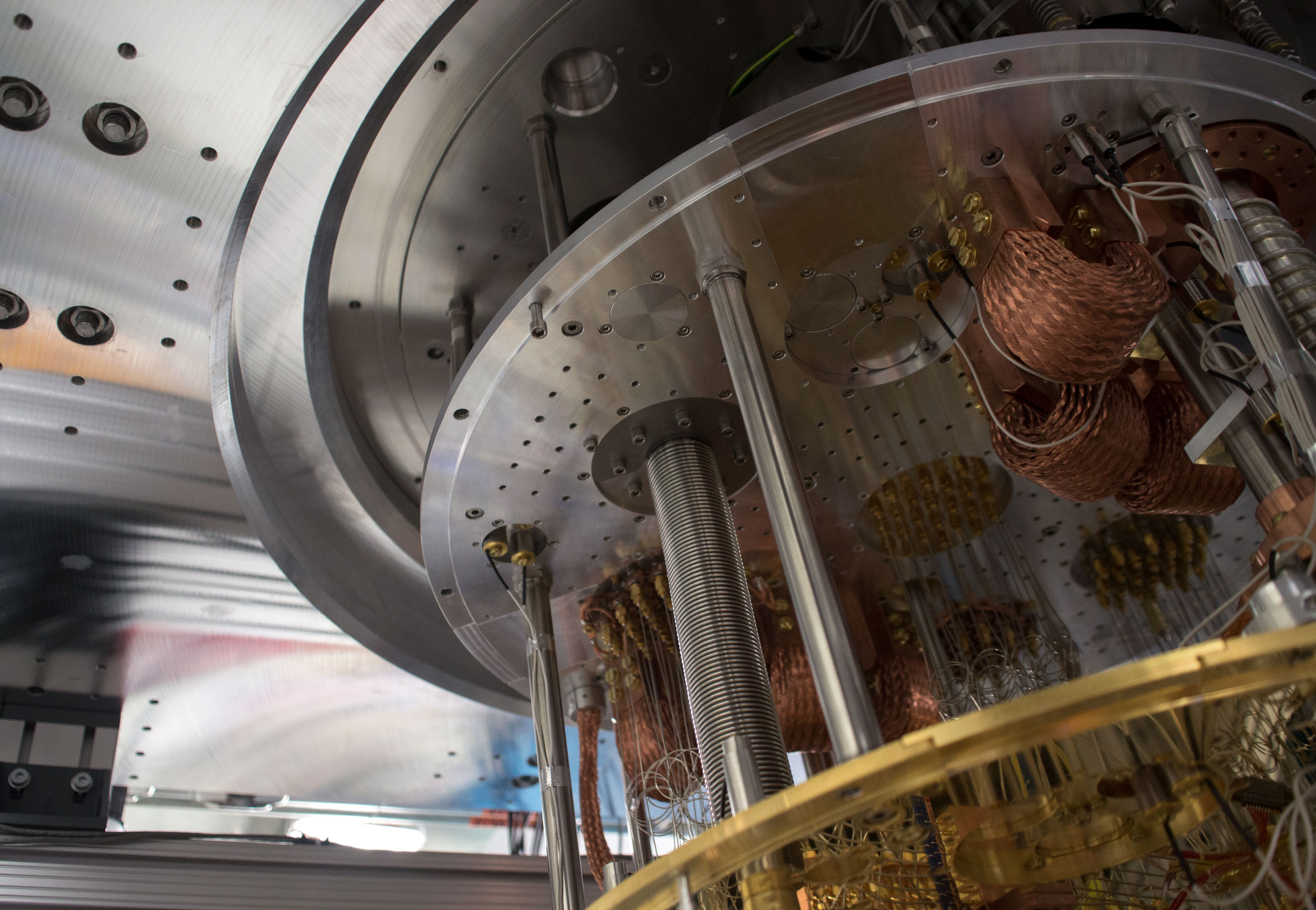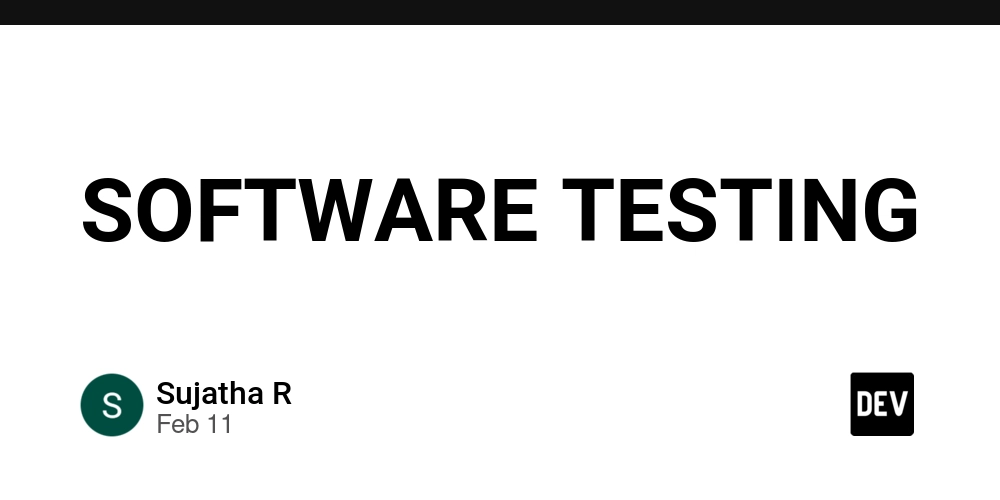Harness vs Spinnaker: The Future of Continuous Deployment Tools
Introduction In the ever-evolving DevOps landscape, continuous deployment (CD) has become a critical component of delivering software efficiently. Choosing the right CD tool can significantly impact a team's ability to deploy quickly, securely, and with minimal risk. Among the leading solutions, Harness and Spinnaker stand out as two powerful CD tools offering advanced automation and deployment capabilities. But which one is the future of continuous deployment? In this blog, we will explore the key differences, features, and implementation strategies for both tools to help you make an informed choice. What is Harness vs Spinnaker? Harness Harness is a modern software delivery platform that simplifies continuous integration (CI) and continuous deployment (CD). It leverages AI-powered automation, security, and cost optimization to enable seamless deployment pipelines. Spinnaker Spinnaker, developed by Netflix and open-sourced in 2015, is a multi-cloud continuous delivery platform designed for scalable and resilient deployments. It integrates with cloud providers and enables automated deployment strategies like blue-green and canary deployments. How Harness and Spinnaker Work Harness Architecture & Workflow Harness consists of: Harness Manager: The central control plane for managing deployments. Delegate: A lightweight agent that runs in the target environment and executes deployment tasks. Pipelines & Workflows: Define deployment processes and execution logic. AI/ML Engine: Used for automated rollback and anomaly detection. Example: Deploying a Kubernetes application with Harness: stages: - name: Deploy App type: Deployment steps: - step: name: Deploy Kubernetes type: Kubernetes spec: manifest: "k8s-deployment.yaml" Spinnaker Architecture & Workflow Spinnaker consists of: Orca: Manages pipeline execution. Clouddriver: Interfaces with cloud providers. Front50: Stores application metadata. Gate: Provides API access. Igor: Integrates with CI tools. Example: Spinnaker pipeline for AWS: { "stages": [ { "type": "deploy", "name": "Deploy to AWS", "cloudProvider": "aws", "regions": ["us-east-1"] } ] } Key Features & Benefits Feature Harness Spinnaker AI-Powered Deployment ✅ ❌ Cost Management ✅ ❌ Multi-Cloud Support ✅ ✅ Canary/Blue-Green Deployments ✅ ✅ Ease of Use ✅ ❌ Open Source ❌ ✅ Benefits: Harness: Easier to use, AI-driven automation, cost monitoring. Spinnaker: Robust multi-cloud deployments, strong integration with cloud providers. Use Cases & Industry Adoption Harness is used by startups and enterprises looking for ease of use and automation (e.g., McAfee, NCR). Spinnaker is preferred by large-scale organizations needing multi-cloud flexibility (e.g., Netflix, Google, AWS). Comparison with Alternatives Tool Strengths Weaknesses Harness AI automation, cost tracking, user-friendly Proprietary, paid Spinnaker Open source, cloud-native, robust pipelines Complex setup, steep learning curve ArgoCD GitOps model, lightweight Lacks AI-driven features Flux Simple GitOps Limited multi-cloud support Step-by-Step Implementation Deploying an App with Harness Sign up for Harness (https://harness.io) Set up a Delegate in your environment Create a deployment pipeline Configure Kubernetes or AWS deployment Run and monitor the deployment Deploying an App with Spinnaker Install Spinnaker using Halyard Configure cloud providers (AWS, GCP, Kubernetes, etc.) Define a pipeline in the Spinnaker UI Trigger a deployment via webhook or CI tool Monitor logs and rollback if needed Latest Updates & Trends Harness added Chaos Engineering and Feature Flags for better reliability. Spinnaker improved AWS Lambda and Kubernetes v1.23 support. Shift towards GitOps: Many organizations are integrating Harness and Spinnaker with ArgoCD and Flux. Challenges & Considerations Harness: Licensing costs, vendor lock-in. Spinnaker: Complex installation, maintenance overhead. Security: Both tools require proper access control and monitoring to prevent misconfigurations. Conclusion & Future Scope Harness and Spinnaker each have their strengths, making them suitable for different DevOps needs. Harness is the future for AI-driven, cost-efficient deployments. Spinnaker remains a strong choice for multi-cloud environments with complex deployments. Future Trends: Increased AI automation in CD tools. More GitOps integrations. Enhanced security features for deployment pipelines. References & Further Learning Harness Documentation Spinnaker Documentation GitOps with ArgoCD Kubernetes Deployment Best Practices Harness vs Spinnaker—choose the bes

Introduction
In the ever-evolving DevOps landscape, continuous deployment (CD) has become a critical component of delivering software efficiently. Choosing the right CD tool can significantly impact a team's ability to deploy quickly, securely, and with minimal risk. Among the leading solutions, Harness and Spinnaker stand out as two powerful CD tools offering advanced automation and deployment capabilities. But which one is the future of continuous deployment? In this blog, we will explore the key differences, features, and implementation strategies for both tools to help you make an informed choice.
What is Harness vs Spinnaker?
Harness
Harness is a modern software delivery platform that simplifies continuous integration (CI) and continuous deployment (CD). It leverages AI-powered automation, security, and cost optimization to enable seamless deployment pipelines.
Spinnaker
Spinnaker, developed by Netflix and open-sourced in 2015, is a multi-cloud continuous delivery platform designed for scalable and resilient deployments. It integrates with cloud providers and enables automated deployment strategies like blue-green and canary deployments.
How Harness and Spinnaker Work
Harness Architecture & Workflow
Harness consists of:
- Harness Manager: The central control plane for managing deployments.
- Delegate: A lightweight agent that runs in the target environment and executes deployment tasks.
- Pipelines & Workflows: Define deployment processes and execution logic.
- AI/ML Engine: Used for automated rollback and anomaly detection.
Example: Deploying a Kubernetes application with Harness:
stages:
- name: Deploy App
type: Deployment
steps:
- step:
name: Deploy Kubernetes
type: Kubernetes
spec:
manifest: "k8s-deployment.yaml"
Spinnaker Architecture & Workflow
Spinnaker consists of:
- Orca: Manages pipeline execution.
- Clouddriver: Interfaces with cloud providers.
- Front50: Stores application metadata.
- Gate: Provides API access.
- Igor: Integrates with CI tools.
Example: Spinnaker pipeline for AWS:
{
"stages": [
{
"type": "deploy",
"name": "Deploy to AWS",
"cloudProvider": "aws",
"regions": ["us-east-1"]
}
]
}
Key Features & Benefits
| Feature | Harness | Spinnaker |
|---|---|---|
| AI-Powered Deployment | ✅ | ❌ |
| Cost Management | ✅ | ❌ |
| Multi-Cloud Support | ✅ | ✅ |
| Canary/Blue-Green Deployments | ✅ | ✅ |
| Ease of Use | ✅ | ❌ |
| Open Source | ❌ | ✅ |
Benefits:
- Harness: Easier to use, AI-driven automation, cost monitoring.
- Spinnaker: Robust multi-cloud deployments, strong integration with cloud providers.
Use Cases & Industry Adoption
- Harness is used by startups and enterprises looking for ease of use and automation (e.g., McAfee, NCR).
- Spinnaker is preferred by large-scale organizations needing multi-cloud flexibility (e.g., Netflix, Google, AWS).
Comparison with Alternatives
| Tool | Strengths | Weaknesses |
|---|---|---|
| Harness | AI automation, cost tracking, user-friendly | Proprietary, paid |
| Spinnaker | Open source, cloud-native, robust pipelines | Complex setup, steep learning curve |
| ArgoCD | GitOps model, lightweight | Lacks AI-driven features |
| Flux | Simple GitOps | Limited multi-cloud support |
Step-by-Step Implementation
Deploying an App with Harness
- Sign up for Harness (https://harness.io)
- Set up a Delegate in your environment
- Create a deployment pipeline
- Configure Kubernetes or AWS deployment
- Run and monitor the deployment
Deploying an App with Spinnaker
- Install Spinnaker using Halyard
- Configure cloud providers (AWS, GCP, Kubernetes, etc.)
- Define a pipeline in the Spinnaker UI
- Trigger a deployment via webhook or CI tool
- Monitor logs and rollback if needed
Latest Updates & Trends
- Harness added Chaos Engineering and Feature Flags for better reliability.
- Spinnaker improved AWS Lambda and Kubernetes v1.23 support.
- Shift towards GitOps: Many organizations are integrating Harness and Spinnaker with ArgoCD and Flux.
Challenges & Considerations
- Harness: Licensing costs, vendor lock-in.
- Spinnaker: Complex installation, maintenance overhead.
- Security: Both tools require proper access control and monitoring to prevent misconfigurations.
Conclusion & Future Scope
Harness and Spinnaker each have their strengths, making them suitable for different DevOps needs.
- Harness is the future for AI-driven, cost-efficient deployments.
- Spinnaker remains a strong choice for multi-cloud environments with complex deployments.
Future Trends:
- Increased AI automation in CD tools.
- More GitOps integrations.
- Enhanced security features for deployment pipelines.
References & Further Learning
- Harness Documentation
- Spinnaker Documentation
- GitOps with ArgoCD
- Kubernetes Deployment Best Practices
Harness vs Spinnaker—choose the best tool for your DevOps strategy!










































































































































































![[The AI Show Episode 143]: ChatGPT Revenue Surge, New AGI Timelines, Amazon’s AI Agent, Claude for Education, Model Context Protocol & LLMs Pass the Turing Test](https://www.marketingaiinstitute.com/hubfs/ep%20143%20cover.png)













































































































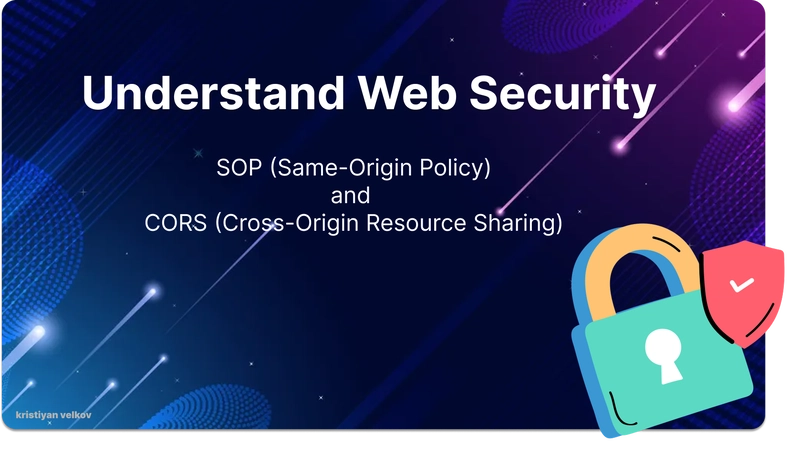


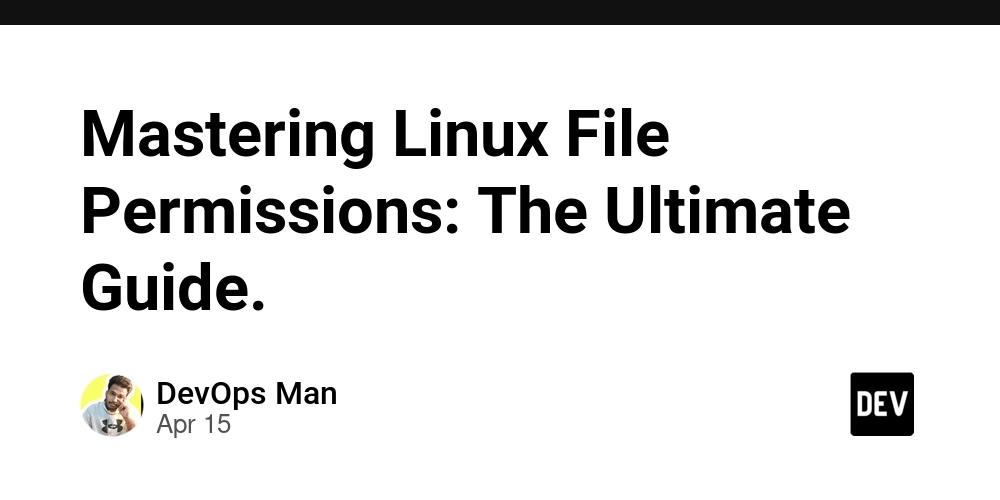




















































































































.png?#)






















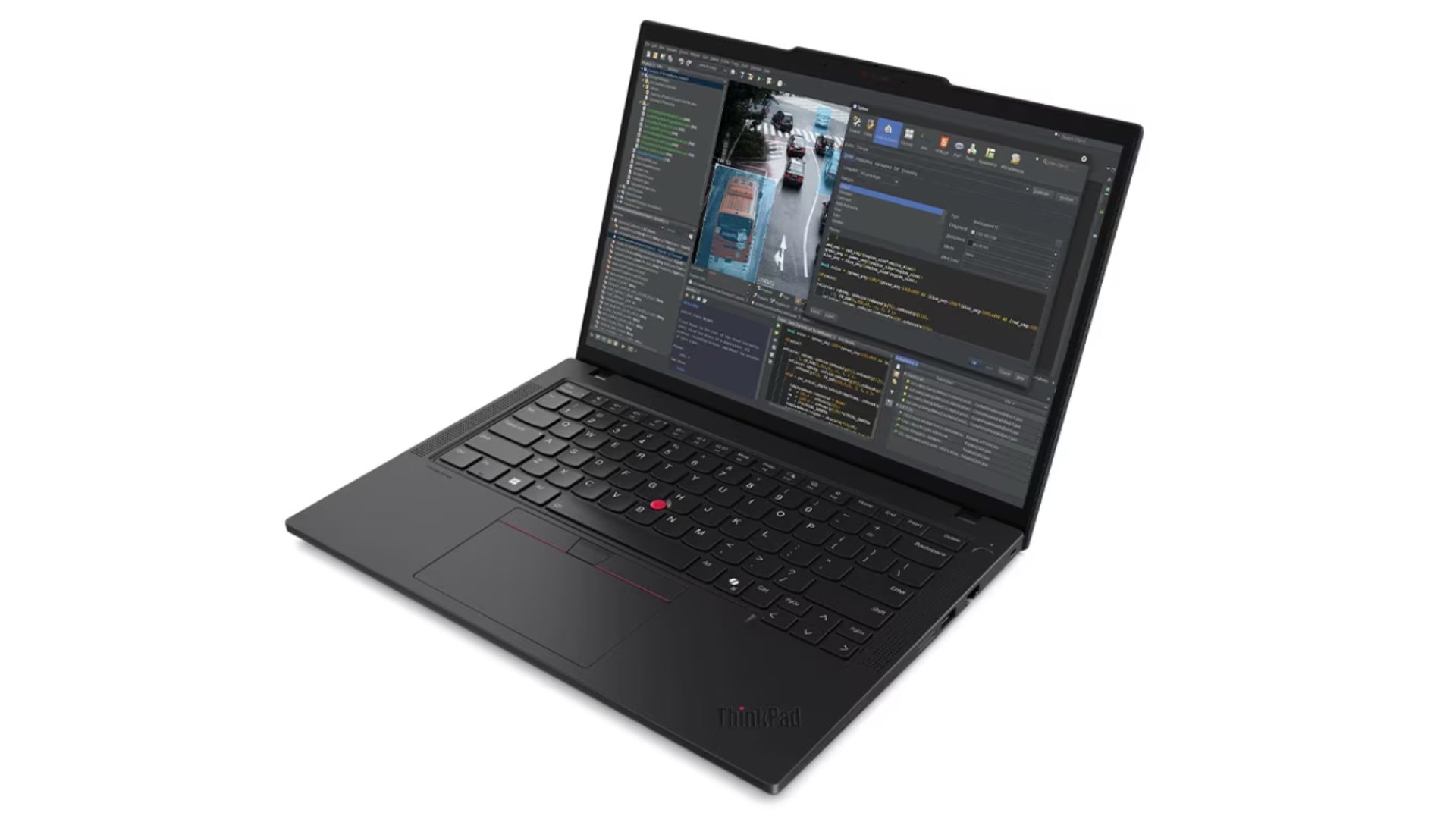
















.webp?#)




















































































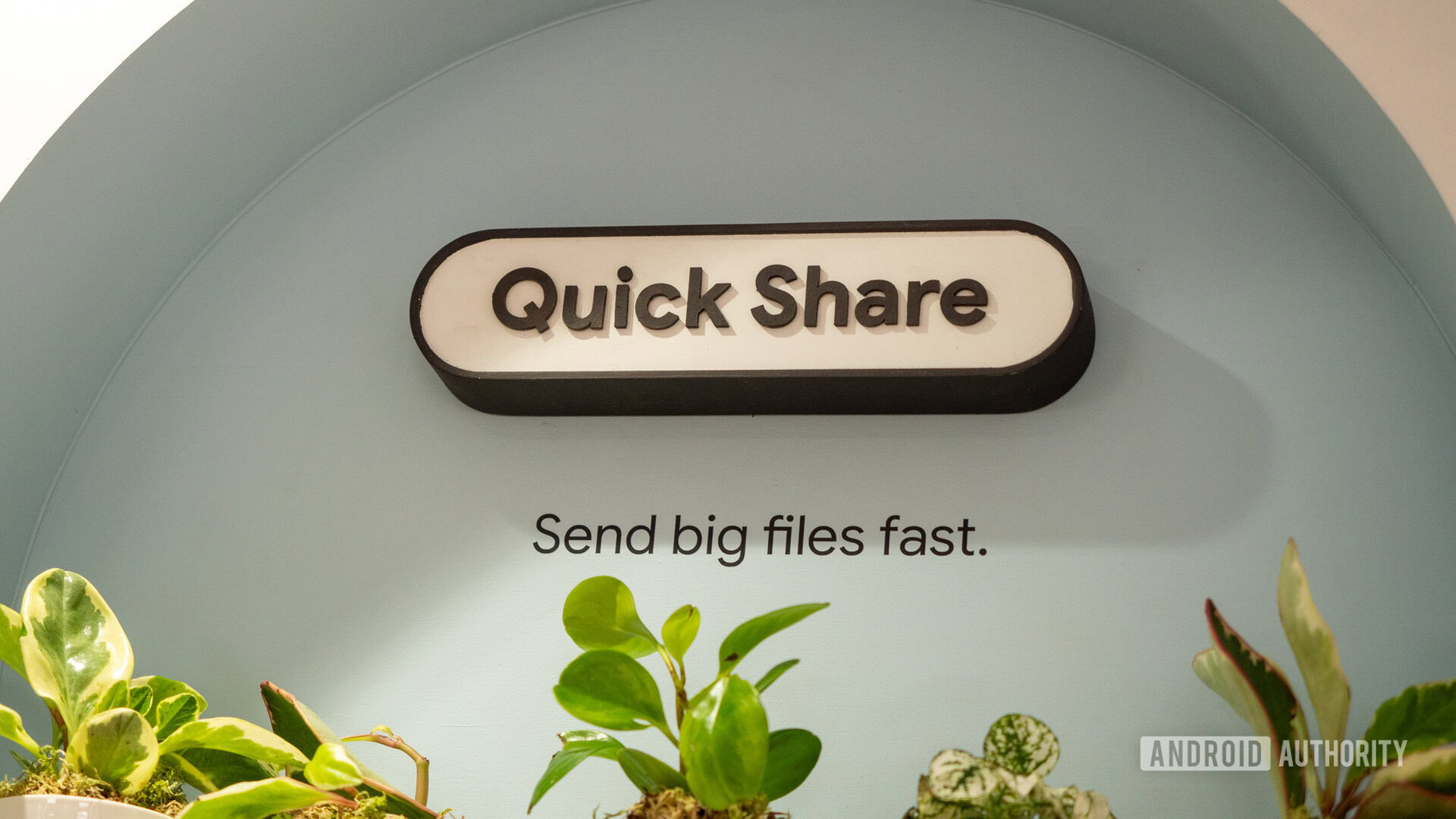





![[Fixed] Gemini app is failing to generate Audio Overviews](https://i0.wp.com/9to5google.com/wp-content/uploads/sites/4/2025/03/Gemini-Audio-Overview-cover.jpg?resize=1200%2C628&quality=82&strip=all&ssl=1)

![What’s new in Android’s April 2025 Google System Updates [U: 4/14]](https://i0.wp.com/9to5google.com/wp-content/uploads/sites/4/2025/01/google-play-services-3.jpg?resize=1200%2C628&quality=82&strip=all&ssl=1)














![Apple Seeds tvOS 18.5 Beta 2 to Developers [Download]](https://www.iclarified.com/images/news/97011/97011/97011-640.jpg)
![Apple Releases macOS Sequoia 15.5 Beta 2 to Developers [Download]](https://www.iclarified.com/images/news/97014/97014/97014-640.jpg)















